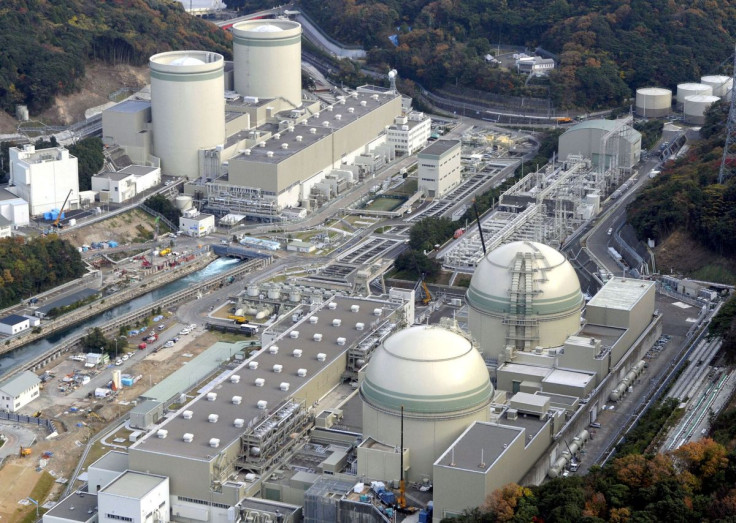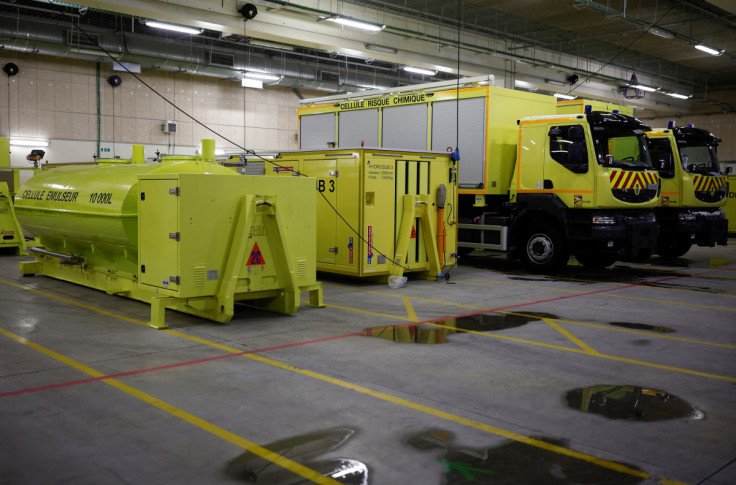Small Modular Nuclear Reactors' Viability In Future Green Energy Grids Questioned

Small modular nuclear reactors (SMRs) are considered by the U.S. Department of Energy (DOE) to be "a key part of the Department's goal to develop safe, clean, and affordable nuclear power options."
The concept is an intriguing spin-off of conventional nuclear power plants—instead of constructing a large static facility, build a series of much smaller fission reactors at a central facility that can be mass-produced and then transported to a final destination.
The technology is still at pilot stages, but has garnered increased attention from government agencies, particularly under the Biden Administration in the U.S. On Monday, the US Nuclear Regulatory Committee (NRC) gave approval to Kairos Power's plan to begin construction of the Hermes SMR, which hopes to be operational by 2026.
"This is a huge milestone for the nuclear energy sector," Kathryn Huff, Assistant Secretary for Nuclear Energy at the DOE said in a press release Monday. "NRC's approval charts a path forward for future design applications as we work toward deploying new reactor technologies."
As world leaders look to boost nuclear energy capacity on the road to net-zero, SMR technology hopes to make countries' nuclear infrastructure more flexible and suitable for a wider variety of environments.
SMRs: The Future Of Nuclear Tech?
SMRs, by definition, have less than 300 MW of electrical generation capacity, compared to conventional nuclear power plants which typically have over 1 GW of capacity. SMR designs are fission-based and typically use uranium as a primary fuel source.
The Hermes reactor design has a capacity of 35 MW, and is one of at least 10 designs that currently has approval from the DOE.
Because of their small footprint, SMRs can be installed in places with climate or terrain unsuitable for large conventional nuclear plants. Their designs are generally simpler, requiring less consistent maintenance.
SMRs also require less frequent refueling: every 3-7 years, compared to every 1-2 years for conventional nuclear plants.
And by producing reactor components at a central facility, the technology presents production cost advantages relative to conventional plants that need to be built entirely on-site.
The Downside Of SMRs

To-date, no SMRs have been implemented anywhere in the world, with numerous attempts failing in recent decades due to cost overruns and regulatory concerns. US-based NuScale Power canceled plans to build the nation's first SMR production facility in November 2023, citing a lack of power utilities willing to sign purchasing agreements.
SMRs' drawbacks extend beyond low demand. A study published in May 2022 in PNAS by researchers at Stanford University and the University of British Columbia found that SMRs produce substantially more radioactive waste than larger conventional nuclear power reactors "by factors of 2 to 30 per unit of energy generated."
"These findings stand in sharp contrast to the cost and waste reduction benefits that advocates have claimed for advanced nuclear technologies," Stanford professor Lindsay M. Krall, the study's lead researcher, said in the report.
Radioactive waste disposal remains a primary concern regarding the future expansion of nuclear energy from both conventional and small modular reactors. As the world plans to triple nuclear fission capacity by 2050, which was determined at COP28 in Dubai, safe nuclear waste storage capacity must expand accordingly.
And current efforts to manage the inevitable growth of radioactive waste storage in the U.S. have been inadequate, the study's authors argue.
"The U.S. is at a stalemate with regards to developing a deep geologic repository for high-level nuclear waste and is largely uninterested in solving this problem," Allison Macfarlane of the University of British Columbia said in a follow-up statement.
While the NRC's decision to greenlight construction of the Hermes reaction may represent a new opportunity for SMRs to prove financial and environmental viability, there are evidently a significant number of technological developments and regulatory hurdles standing in the way of large-scale SMR rollout in the U.S.
Future investment in cutting-edge nuclear technologies will likely become increasingly concentrated in nuclear fusion, which reached a major breakthrough in 2022, at the expense of SMRs.
The renewable energy investment landscape is not sum-zero, however, and the growing number of ongoing SMR development projects with regulatory approval, particularly in the U.S. and the U.K., is certainly a positive sign for the industry. But it still remains to be seen whether any of these projects come to fruition.
© Copyright IBTimes 2025. All rights reserved.






















